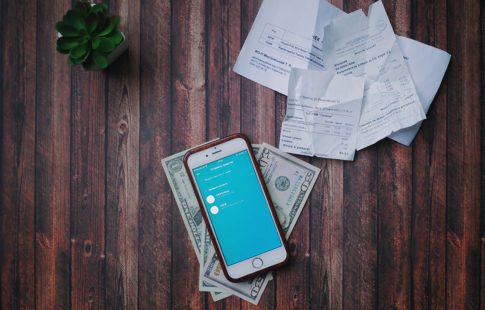Estimated reading time: 3 minutes
Learning how to manage your money is an important part of your financial wellbeing — and not knowing the basics could literally cost you. Whether you’re new to getting smart about your finances or consider yourself expertly frugal, here are 10 of our favorite money management tips that can come in handy when you’re saving up for a down payment or staying on top of making monthly payments (and anytime, really).
1. Set Budgeting Goals
Saving your money can be hard if you don’t have goals — and you can always start small. If you’re saving up for a big purchase or something specific, consider setting target amounts of money that you want to save each week or month, or by a certain date. If you’re building your emergency savings, consider your living expenses and the advice of many personal finance experts, which recommends having an emergency fund that can cover those expenses for up to six months. While this could seem like a lofty goal, you might be surprised by how much you could save by starting small and saving week by week.
2. Automate Your Saving
There are many opportunities to automate the way that you save money, from budgeting apps to online banking services that allow users to set up auto payments to their savings accounts on whatever schedule works best for them. There are even apps like Digit that analyze your spending habits and use algorithms to determine the “perfect” amount to save for you each day — just do your research to find the best fit.
3. Sell Your Stuff
Plenty of people have extra stuff around that they don’t use or need, whether it’s clothing, electronics, sporting equipment, or other miscellaneous clutter. You could make money by selling things you don’t need if they’re still in good shape. Consider having a garage sale, selling items to your local consignment stores or pawn shops, or posting on social media to find a friend or family member that is interested in buying or taking your unneeded items.
4. Take Advantage of Coupons
When you’re trying to stick to a budget, don’t forget to check for coupons when you’re shopping for essentials! (Smartphone apps for couponing are worth putting a little research into, too.)
5. Stick to a Shopping List
Before heading to the grocery store, write down everything you need and plan to buy. Follow your shopping list when you’re at the store, and you might find that you make fewer impulse purchase of items you don’t really need.
6. Pack Your Lunch & Cook At Home
The cost of eating out at restaurants, even if it’s just fast food, can easily add up. Increasing the number of nights that you cook at home can really benefit your budget — plus, you can make extra servings of dishes that you don’t mind re-heating and eat leftovers for lunch during the week.
7. Buy Generic
Many generic products are essentially the same as the name brand, just in a different package. By choosing generic food, medicine, or toiletries, you can cut costs on items that you buy regularly.
8. Use Your Local Library
Before renting or buying a new movie or book, check your local library. Most libraries now stock digital items like audiobooks, and your library could even have computer software that you can check out.
9. Find an Accountability Partner
If you have a friend or family member who’s particularly financially fit (or even just interested in learning more about how to manage their finances), consider asking them to join forces. Together, you can think of new budgeting ideas, share tips and tricks, and make sure you both adhere to your goals.
10. Track Your Spending
One of the hardest parts of budgeting is actually sticking to your budget, and tracking your spending is a great way to hold yourself accountable for what you spend and save. Do your research on money management smartphone apps and online resources that might be available.







